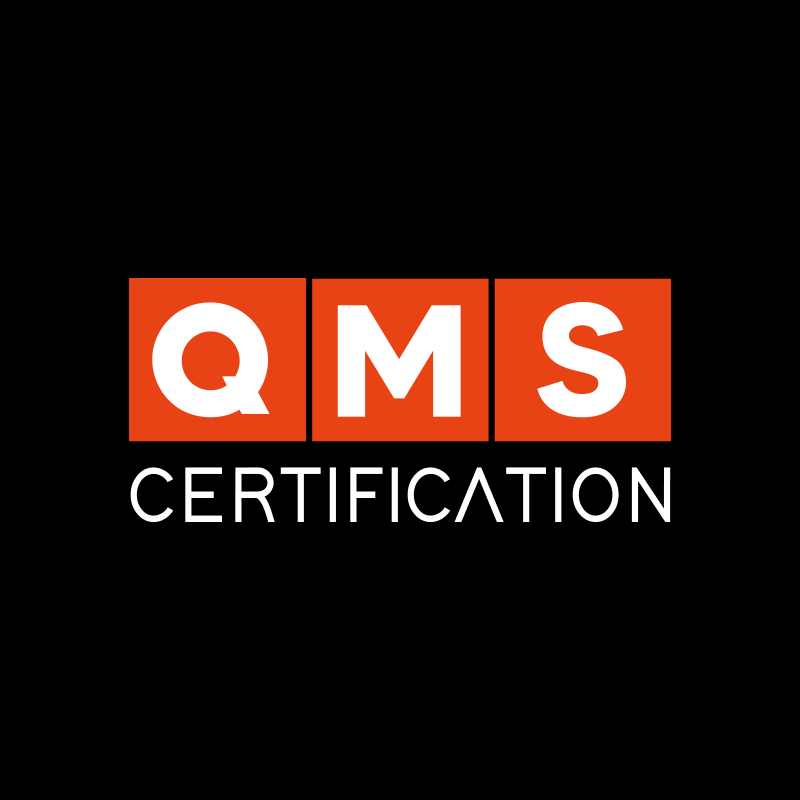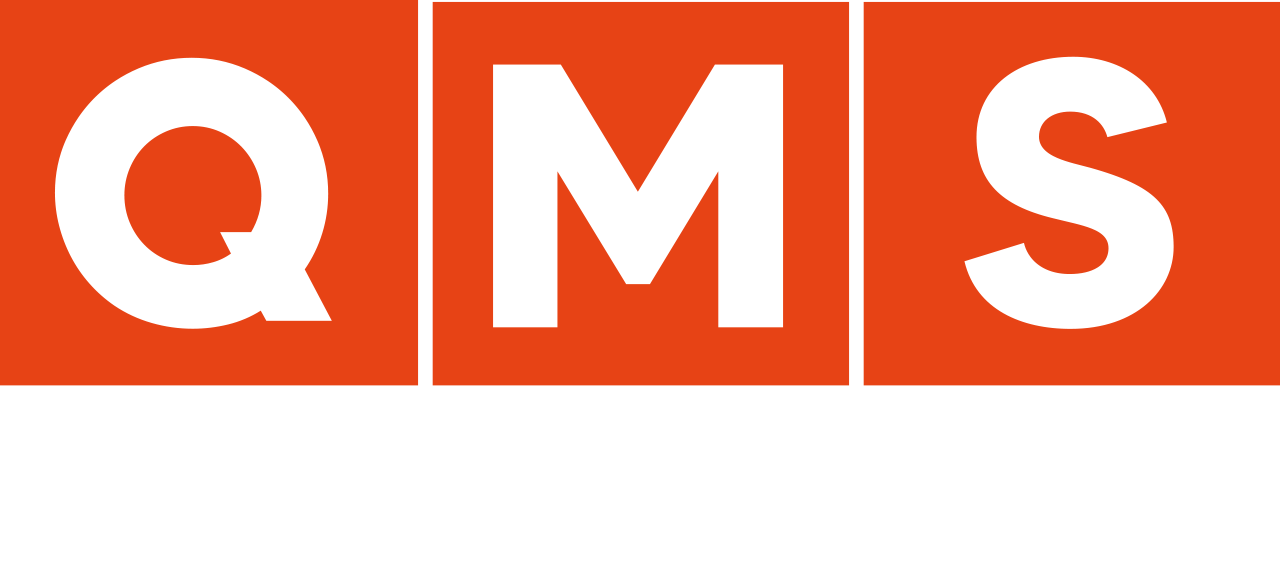The communication of the organization’s quality policy cannot be limited only to leaders and employees, it needs to reach customers, suppliers and all people who are influenced by the organization
Quality policy needs to be enforced
With the quality policy in place, the organization needs to transmit it to its employees and all those who are somehow influenced by it. It’s no use creating a super quality policy, full of attributes, ideas and a broad development and not applying all this in the day-to-day of the organization. It would be like a football coach knowing a tactic for his team to win, but not being able to make the players understand their role in that strategy. As a result, he ends up not being able to implement his game system.
Therefore, continuing the requirements related to the quality policy in the organization, in today’s article we will talk about the requirement 5.2.2 present in ISO 9001:2015.
Why communicate the quality policy?
The quality policy needs to be communicated so that it can be put into practice in the organization’s environment. As well, the actions that will be directed by the policy need to be understood by everyone involved, so that it can be put into practice and start to be part of the organization’s day-to-day, transforming the processes and improving the deliveries of the parties. interested.
For this to happen, efficient communication must be created, which is why ISO 9001:2015 has a specific item for that. Several times, information comes to us and goes unnoticed. In order for this not to happen, it is necessary to create a larger strategy, aimed directly at this requirement. At this point, it is worth mentioning that ALL stakeholders need to be made aware of the Policy. This means that it has to reach employees, customers, suppliers, society, partners and all the people who influence or are influenced by the company.
Furthermore, it is necessary to make people go beyond the simple understanding of how politics works. We need to make them feel part of the quality policy and take it into account when making their decisions.
Requirements to meet the standard
Let’s see what the requirement according to ISO 9001:2015 is:
5.2.2 Communicating the quality policy
The quality policy must:
- a) be available and maintained as documented information;
- b) be communicated, understood, and applied in the organization.
- c) be available to relevant stakeholders, as appropriate.
Now, let’s see a little about each sub-requirement and its particularities.
Be available and maintained as documented information
The quality policy needs to be documented and accessible to everyone. Documentation can take place through video, audio, print, etc. The important thing is not how to document it, but how to do it in a way that really impacts the stakeholder who is the target of the communication. This means that more than one type of documentation may be required as there are multiple stakeholders.
Be communicated, understood, and applied in the organization.
To be understood, the organization’s quality policy needs to be communicated effectively. Only good communication can lead to understanding and thus application. For this we can for example use requirement 7.4 of IS0 9001. The requirement says that “The organization shall determine relevant internal and external communications for the quality management system”.
Let’s apply requirement 7.4 in the quality policy:
- “What to communicate”: this item is related to what the organization wants to communicate, in our case the quality policy;
- “When to communicate”: the quality policy must always be present within the organization, it is a matter that needs to be communicated repeatedly;
- “Who to communicate with”: during the article, this requirement was mentioned, bringing it back to the agenda, the organization needs to communicate the quality policy with employees, customers, suppliers and all those who are influenced by the organization.
- “How to communicate”: communication can be through workshops, training, banners, meetings, among other ways. As mentioned before, the important thing is that the quality policy is understood.
- “Who communicates”: this item is related to who will be responsible for communication, which may be the quality department, the organization’s management, a specific employee or teams hired for this function. Or, ideally: everyone!
Be available to relevant stakeholders, as appropriate.
Coming to the last requirement to communicate the organization’s quality policy, it is clear that documenting does not mean that it is just having one more document that belongs to the organization.
The standard does not provide a method of how to carry out this communication, it is up to the organization to decide, remembering that it must be in the way that best fits the environment and characteristics of the organization’s policy.
To understand if the policy has been understood, tests can be carried out, creating some communication methods such as those mentioned in the previous requirement and analyzing the results. Another interesting way is to communicate with those involved in the policy, to find out if they are managing to transform the policy into actions, if the policy is really part of the organization and, thus, of its processes.
The quality policy is part of the organization’s culture
Creating a super quality policy, with exemplary grammar and well-crafted theoretically, will not make it turn into practice. This is because, in most cases, employees do not feel included in it.
It must be always present within the organization’s environment, so that everyone literally feels part of it. Therefore, communication needs to reach people and help manage processes. And that only happens when a true policy is created!










